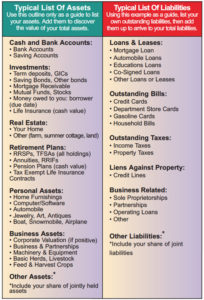The advantages of life insurance are well known: It is foundational to a sound financial plan to ensure peace of mind for your family if anything were to happen to you.
A policy’s death benefit, payable to your estate or beneficiary when you die, maintains financial stability. The family can pay final expenses, any debt such as credit cards or business debts, and cover ongoing costs.
Is the death benefit taxable?
Most of the cash received from a life insurance contract is not subject to income tax. 1 Your beneficiaries — spouse, children, grandchildren or other beneficiary allocated will not need to report life insurance benefit proceeds on their tax return as taxable income. However, if you have assigned your estate as the beneficiary, the death benefit could be subject to tax. Moreover, fiscal gifts or inheritances generally are not taxable.
Beneficiaries or heirs do not owe estate inheritance tax or death tax. It is the estate of the deceased that pays any such tax due to the government. If the policy owner’s estate is the policy’s beneficiary, the death benefit may — in some cases be subject to tax. 2
When could a taxable situation arise?
When you own a permanent life insurance policy, accumulating interest or equity investments made to a policy’s cash value, taxes will be payable on that growth gained above the cost base of money invested. 3
Upon your beneficiaries receiving any investment earnings from the policy, along with a death benefit, the increase on investments, not the death benefit, would be taxable as income.
Likewise, you will pay taxes on any increase in cash value based on the investments in the policy fund — should you surrender the policy and receive its cash value in return.
Tax Reporting Rules for Life Insurance Payouts
The Canadian Revenue Agency (CRA) makes receiving life insurance proceeds easy for beneficiaries relative to tax reporting. Unless the tax is due on the above-stated earnings, these amounts do not need reporting as taxable income on a tax return.
What if there is an increase in the cash value?
These amounts don’t need reporting as taxable income on a tax return unless some tax is due on interest earnings. If there are interest earnings, it will be reported to the beneficiary by the insurance company on a T5 slip, reportable on line 121 of the beneficiary’s return (or of the policy owner when surrendering the cash value of the policy). 4
4 Canda.ca


















